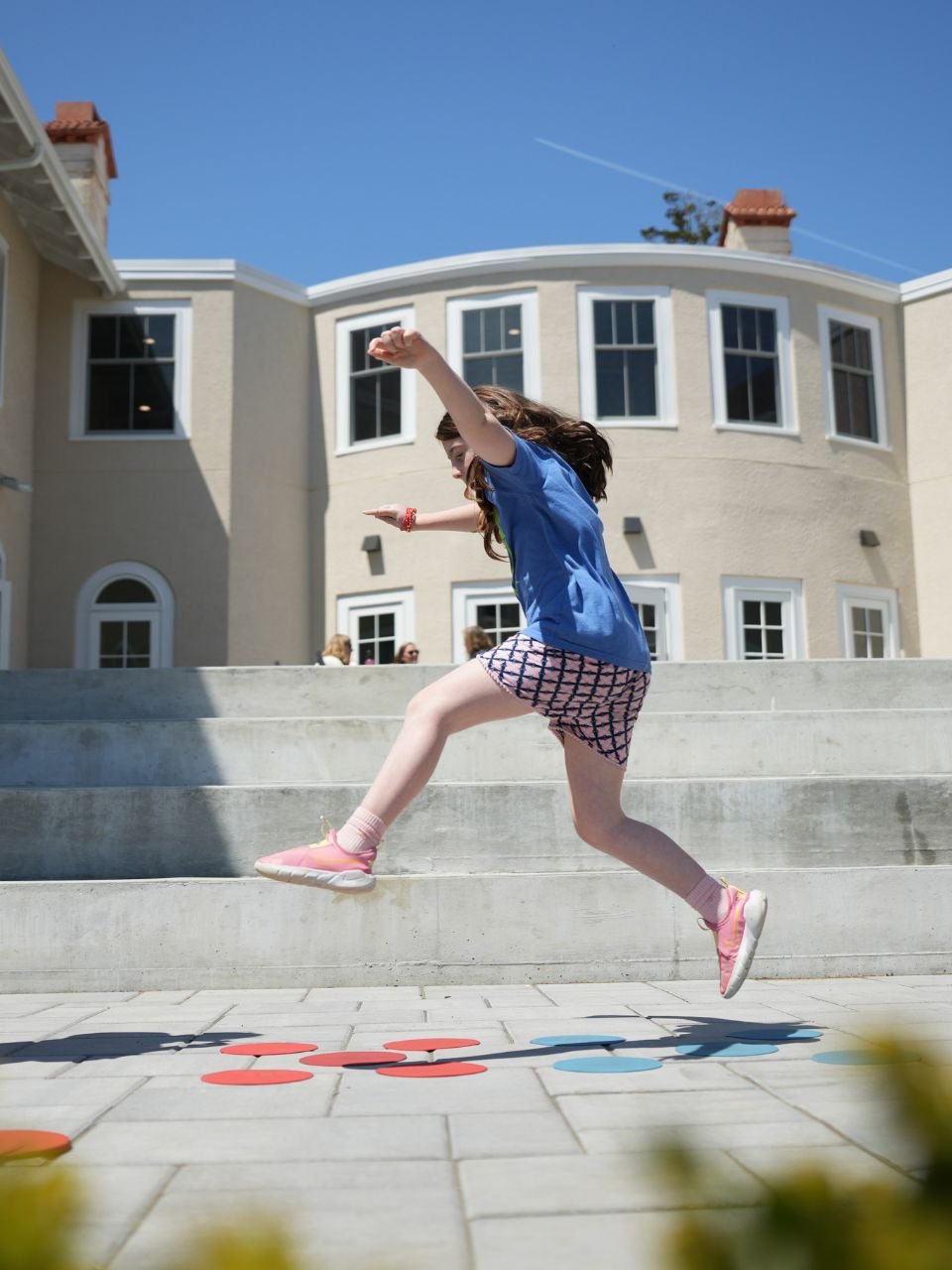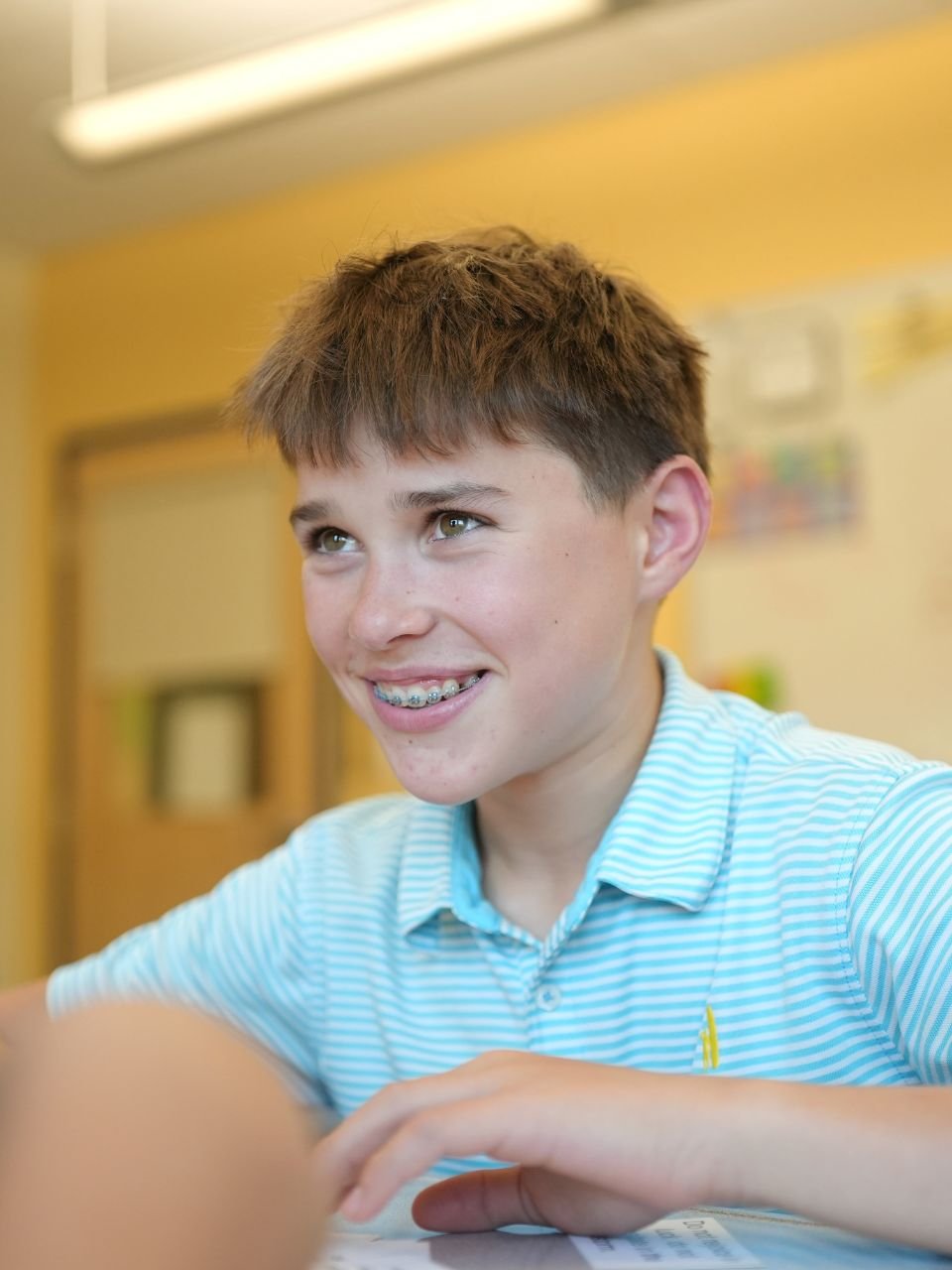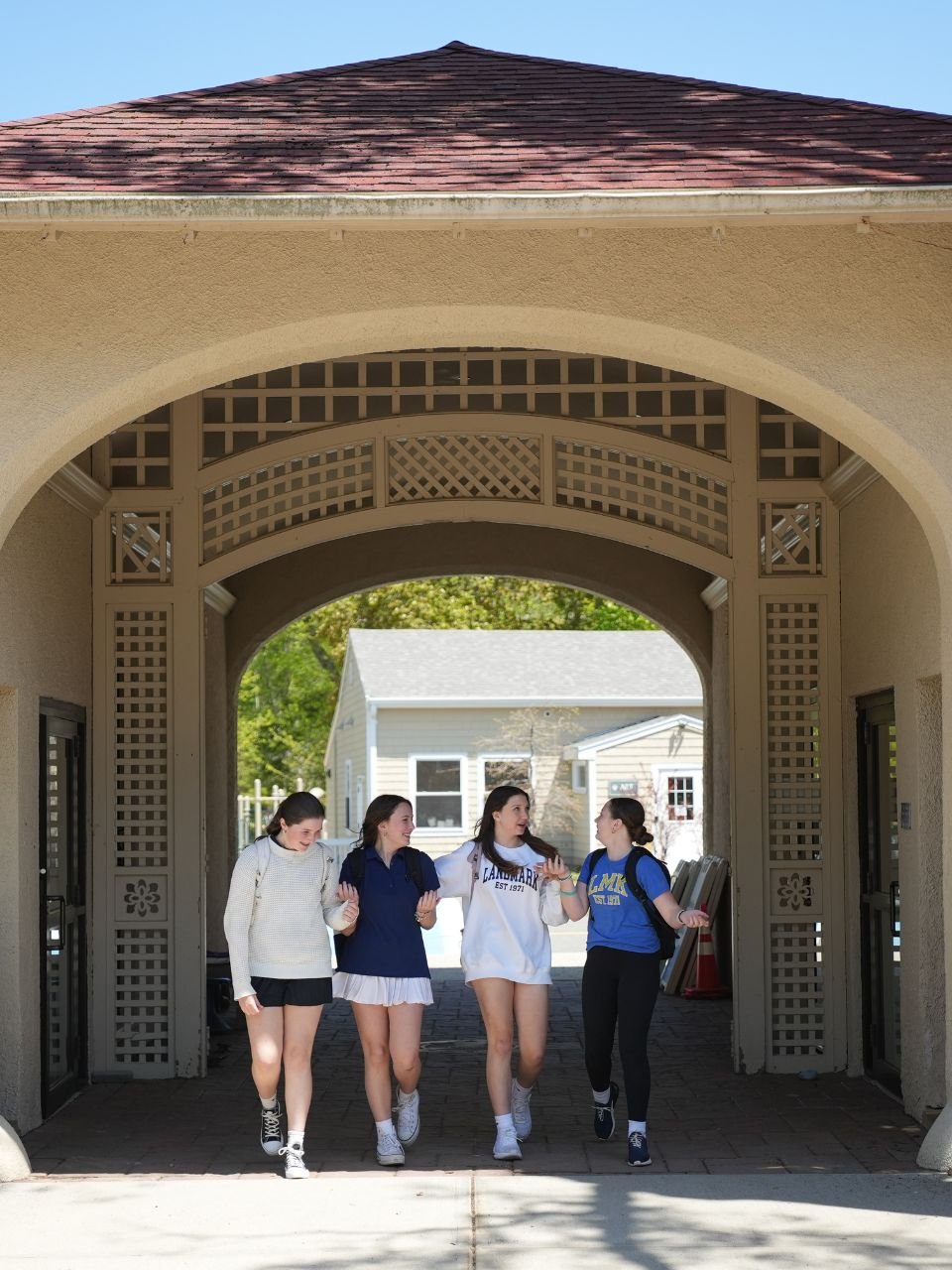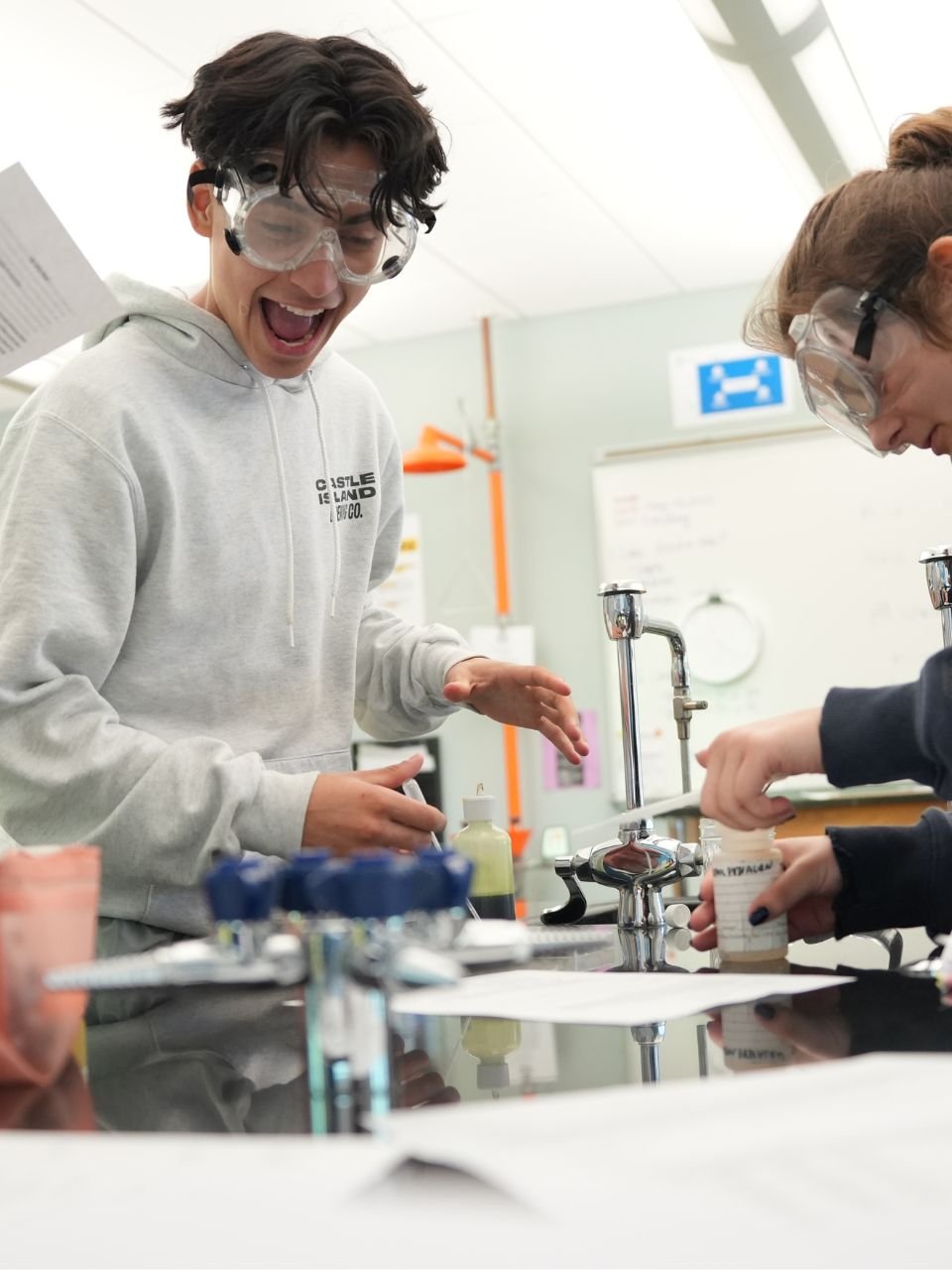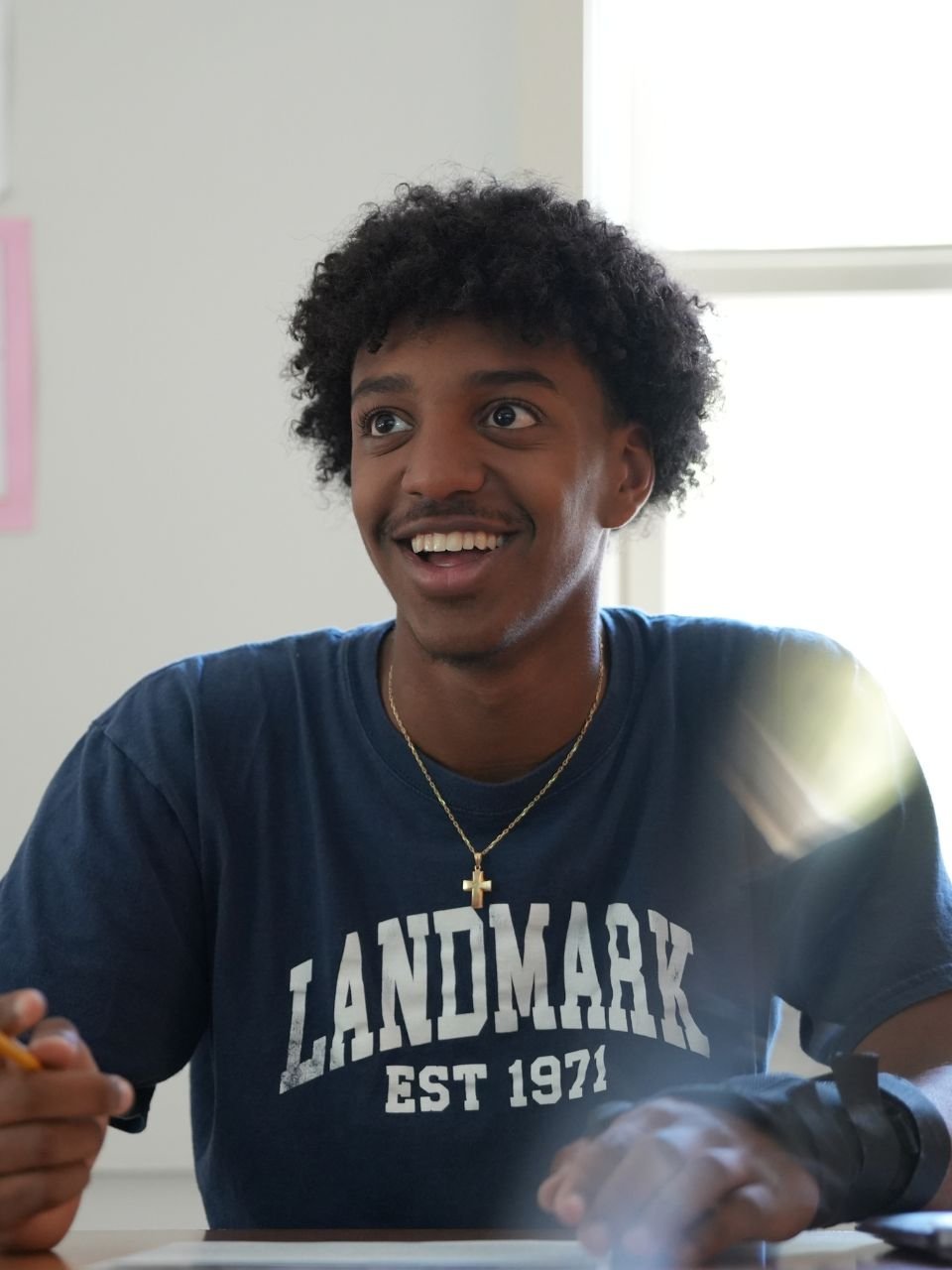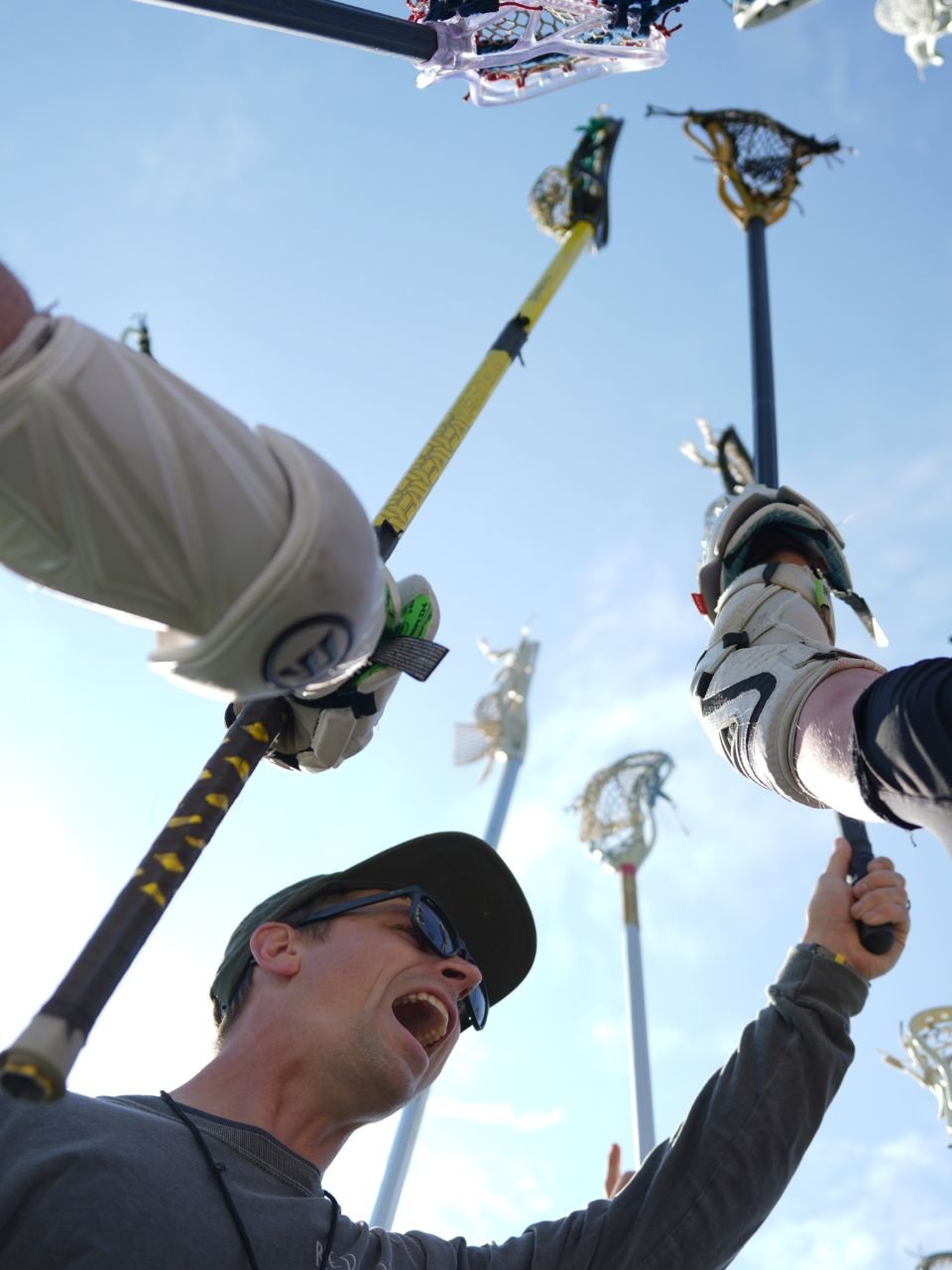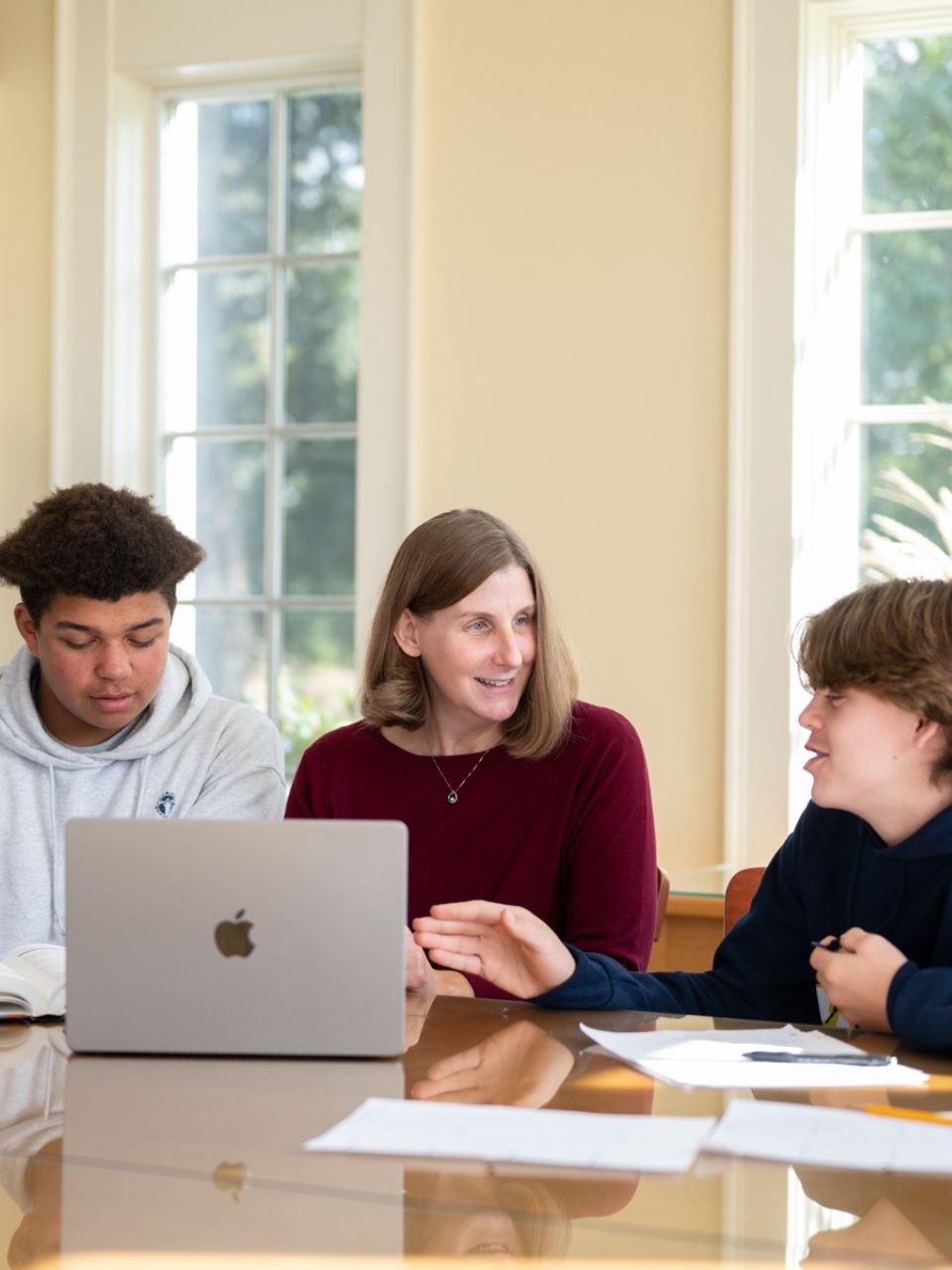- Our School
- Our Advantage
- Admission
- Elementary•Middle School
- High School
- Summer
- Giving
- Parent Resources
- For Educators
- Alumni
« Back
Students Embrace the Sounds of Silence
September 13th, 2020
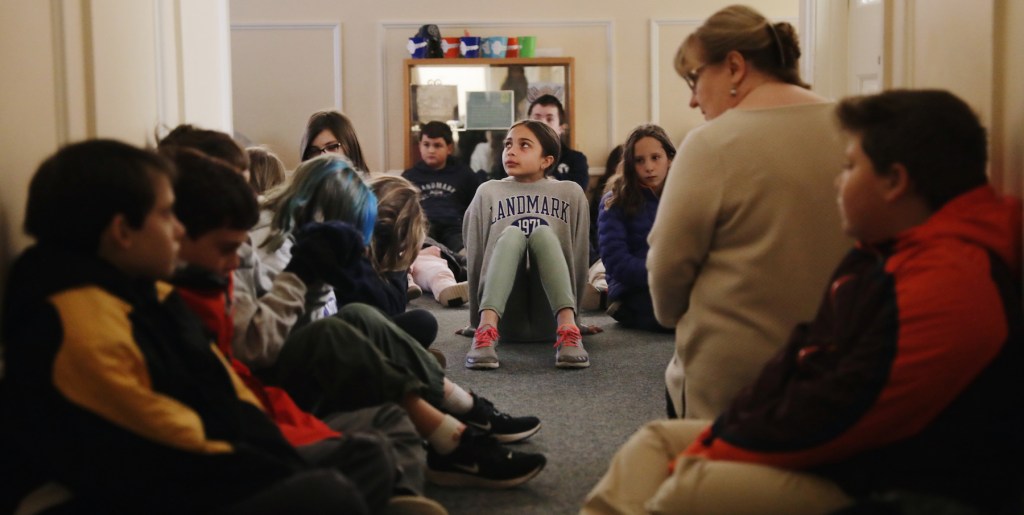
This is the second post in a five-part series about students, stress, and anxiety. The first article is an overview of anxiety, the third discusses how a student learned to manage her anxiety, the fourth explores how mindfulness can reduce anxiety, and the fifth covers the relationship between language-based learning disabilities and anxiety.
By Laura Polvinen, LICSW
A moment of silence. A few minutes to relax and think, or maybe not think, but just breathe. Each morning our students start with several minutes of meditation and mindfulness during what we call the Relaxation Response. This is a time for students to focus, clear their minds, and prepare for the day. All 167 students close their eyes or soften their gaze and quiet their bodies as they hear the first chime. They spend two minutes in silence, waiting for the second chime, which signals the end of this moment in time.
The Relaxation Response program started at Landmark Elementary•Middle School more than seven years ago. Counselors were seeing more and more anxious students who had trouble managing their worried thoughts, couldn’t focus, or just didn’t know how to be quiet within themselves. Counselors attended mindfulness training at the Benson-Henry Institute for Mind Body Medicine at Massachusetts General Hospital to learn the methodology that would bring about the Relaxation Response.
The Science Behind Relaxation Response
The idea of the Relaxation Response was introduced by Dr. Herbert Benson. It is a body response that is the opposite of the fight/flight/flee response; it’s a state of total rest for the body and mind. Blood pressure, heart rate, and hormone levels in the body all subdue during the Relaxation Response, and tension is released from the muscles.
Dr. Benson noted how much anxiety conjured up this fight/flight/flee response in the body and increased both amygdala and nervous system activity. When our bodies are thinking they need to fight or flee, there is no space—or time—for frontal lobe activity in the brain, which involves higher thinking and, therefore, learning. Inevitably, when we feel anxious, school performance and focus suffer.
The Calming Sounds of Silence
The Relaxation Response program has had many iterations since it was introduced to the EMS; tutors have worked one-on-one practicing relaxation with their students, teachers have led classes of eight students in mindfulness, and small groups aimed at helping anxious students have focused on developing this skill.
Students are clear about their feelings regarding the Relaxation Response saying, “I like the quiet,” “It’s just nice to have space,” “It helps calm my nerves and focus.” Teachers note less calling out, more calm bodies, and better focus from some students in their classes. Student and teacher feedback led to this school-wide shift in the delivery model for the Relaxation Response.
Research echoes the observations of teachers. A review of research on the effectiveness of mindfulness in elementary classrooms found that "students with meditation and mindfulness training were better able to relax, focus, reduce anxiety, make decisions and be friends, all while improving cognitive function" (Routhier-Martin, Killingsworth Roberts and Blanch, 2017).
This year, for the first time, the whole student body is taking part in this skill-building moment of mindfulness, and it is amazing to see. If you’ve ever walked around campus during the day you can see the bustle and hear the buzz of students. But at 8 a.m., there is silence and palpable calm permeating the student body. In just a few shorts weeks, students became more participatory in the mindfulness experience, looking forward to this time to prepare for the day ahead.
Students ask in classes if they can have relaxation “again,” wanting a moment to gather themselves before diving into class material. In a world that moves quickly and our students face many expectations, they can count on this time each day where they just need to be quiet, observe their bodies, and breathe.
Kayli Routhier-Martin, Sherron Killingsworth Roberts & Norine Blanch (2017). "Exploring Mindfulness and Meditation for the Elementary Classroom: Intersections Across Current Multidisciplinary Research," Childhood Education, 93:2, 168-175, DOI: 10.1080/00094056.2017.1300496
Related: Mindfulness Transforms Culture At High-Needs Elementary School. NPR Visits an elementary school in Nashville, Tenn., that is incorporating mindfulness into its behavior management program.
Author
Laura Polvinen, LICSW, is the counseling team leader at Landmark Elementary•Middle School.

Posted in the category Social and Emotional Issues.





